International Day Of Forests: History, Importance of Forests, Quotes and Messages
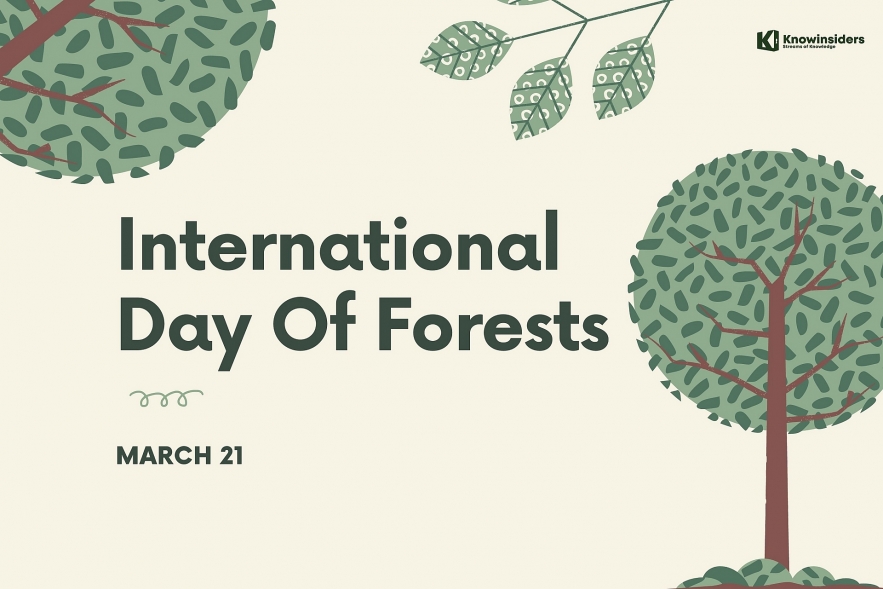 |
| International Day Of Forests (March 21): History, Importance of Forests, Quotes and Messages. Photo KnowInsiders |
When is International Day Of Forests?
The International Day of Forests was created by the UN in 2012 and falls on the 21st of March every year. It is a day to celebrate and highlight the importance of all types of forests, encouraging people to act by and ply their part no matter how small. The theme changes every year to provide a range of solutions and a variety of knowledge.
The Food and Agriculture Organisation of the UN invites you to “Organise or join events celebrating forests: tree plantings, symposiums, photo competitions or host a student debate". The official date for International Day of Forests is March 21st but you don't need to just mark the occasion in March as the day is meant to have a lasting impact.
| The United Nations General Assembly proclaimed 21 March the International Day of Forests (IDF) in 2012. The Day celebrates and raises awareness of the importance of all types of forests. On each International Day of Forests, countries are encouraged to undertake local, national and international efforts to organize activities involving forests and trees, such as tree planting campaigns. The theme for each International Day of Forests is chosen by the Collaborative Partnership on Forests. The theme for 2022 is "Forests and sustainable production and consumption." The slogan is "Choose sustainable wood for people and the planet." |
| World Forestry Day : Overview | |
| Name of Day (Event) | World Forestry Day (WFD) |
| Also Called | International Day of Forests (IDF) |
| Name of Organisation | United Nations General Assembly |
| Observed by | UN Members |
| Awareness Programs | Forest Conservation Campaign |
| Observed on | March 20 |
| World Forestry Day (First Time Celebration) | 21st March 2013 |
| Significance | Celebrate and raise awareness of the importance of Forest |
| Celebration Location | All Around World |
| Official Website | www.un.org, www.fao.org |
Why are forests important?
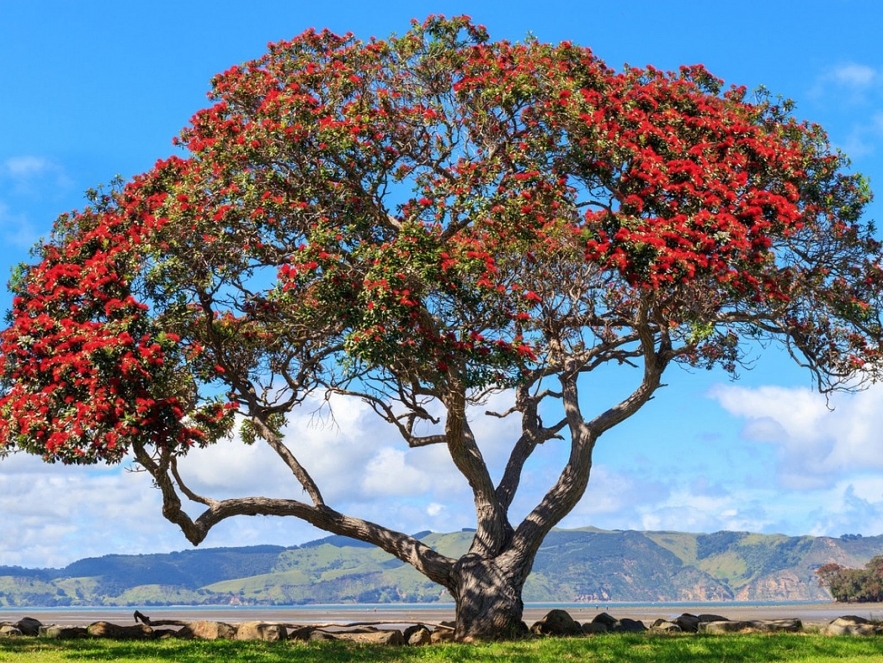 |
| Photo: Gardening Know How |
According to UN-REDD, forests are home to about 80% of the world’s terrestrial biodiversity and an estimated 1.6 billion people use forests for all or part of their livelihoods such as food, shelter, energy and income. Millions, including people in cities, depend on forest resources for clean air and fresh water.
During the day, trees absorb carbon dioxide for photosynthesis and give out oxygen, the air that we breathe. The carbon in forests exceeds the amount of carbon currently in the atmosphere. Forests and forest soils store more than one trillion tonnes of carbon.
Hence, forests play a crucial role in fighting catastrophic climate change by absorbing and storing massive amounts of CO2. In addition, trees could reduce temperatures in cities up to 8°C, lowering use of air conditioning and related emissions by up to 40%. But as we cut them down, oftentimes to make space for agriculture, they lose their ability to regulate the global climate.
During heavy rains, trees reduce the risk of flooding. Experts say that woodland acts as a barrier to floodwater, while trees also prevent soil erosion, reducing sediment going into rivers and increasing water absorption into the ground. Forests can also retain excess rainwater, prevent extreme run-offs and reduce the damage of flooding. They can also help mitigate the effects of droughts by releasing water in the dry season, forests can also help provide clean water and mitigate the effects of droughts.
Furthermore, more than a quarter of modern medicines, worth an estimated US$ 108 billion a year, originate from tropical forest plants.
Forests are the lungs of the Earth
Forests are like giant, green sponges all over the globe, through which our Earth breathes. Trees and plants take in carbon dioxide and give us oxygen, cleaning our air.
Forests are storehouses of biodiversity
The world’s forests are thought to house more than 50 percent of the world’s plant and animal species. The highest biodiversity ever recorded on land is in the Amazon rainforest, specifically the area where the Amazon meets the Andes mountains in Peru and Ecuador. Forests in Borneo, New Guinea, northwestern South America and Central America, and the Congo Basin are other hotbeds of species richness. Some of these forests may house more than 300 species of tree per hectare.
The world needs wood
And not just for construction, paper, furniture, etc. As the world’s population grows, with it the hunger for energy. Currently wood accounts for approximately 45 % of the world’s renewable energy supply. Encouraging and modernizing this industry can help find new and sustainable ways to produce bioenergy.
Healthy forests mean a healthy environment
Forests trap carbon to prevent global warming. They stabilize the climate, control atmospheric temperatures, protect watershed areas, regulate the water cycle, and enrich the soil. And that’s not all that forests do for our environment!
| The world still loses vast areas of forest every year Estimates of global forest loss vary depending on how forests are defined, the methodology for measuring loss, and timeframes, but there is no question that large areas of forest continue to be chopped down. According to the U.N.’s survey of national forestry agencies, net loss of natural forests averaged 6.6 million hectares per year between 2010-2015. The bulk of that loss over the past five years occurred in the tropics, led by Brazil, Indonesia, and Myanmar. However satellite data that looked only at change in tree cover, showed far higher levels of gross forest loss: 19 million hectares in 2014 alone. |
| Most forest loss is the result of human activities Mankind is responsible for most forest loss worldwide. The biggest drivers of deforestation are agriculture and livestock production, logging, and forest fires. Humans are worsening outbreaks of fire via forest degradation, intentional fire-setting, and contributing to climate change, which exacerbates climate change in places where forests don’t typically burn, like the Amazon. The biggest causes of deforestation in the tropics are commercial and subsistence agriculture, including cattle ranching and palm oil production; road construction, which opens up remote forest areas to conversion; and logging. Russia, Canada, and Brazil had the highest gross forest cover loss between 2012 and 2014. |
Activities on International Day of Forests
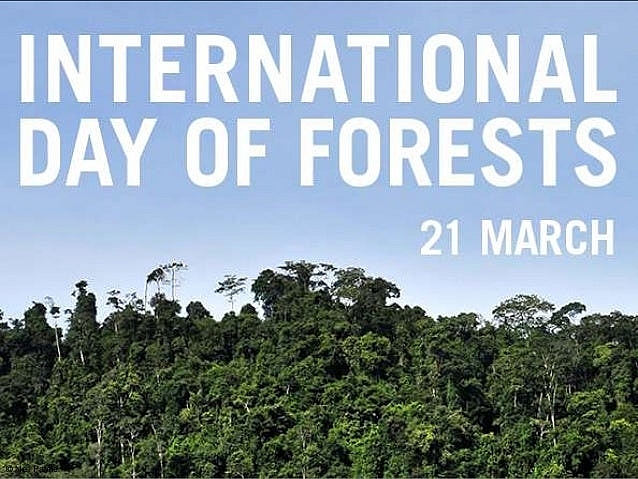 |
| Photo slideshare |
Planting trees as a demonstrative symbol of their significance.
Wearing shirts with slogans that may draw the attention of people.
Visiting beautiful places where trees are in greater number to feel the fragrance, calmness and affection of forests.
Arranging seminars in schools, offices and other works places to show our concern towards global changes due to deforestation.
Starting a campaign on print and electronic media and thus helping to stop deforestation by calling it a social crime.
Pasting banners and pamphlets on trees that may forbid people from cutting a tree.
Forest Day Quotes
 |
| Photo Mongabay |
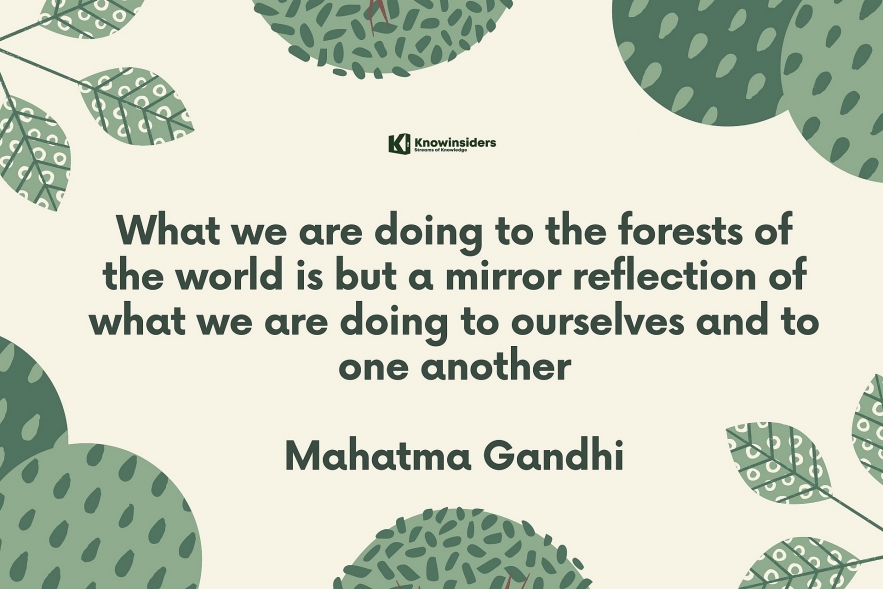 |
| Photo KnowInsiders |
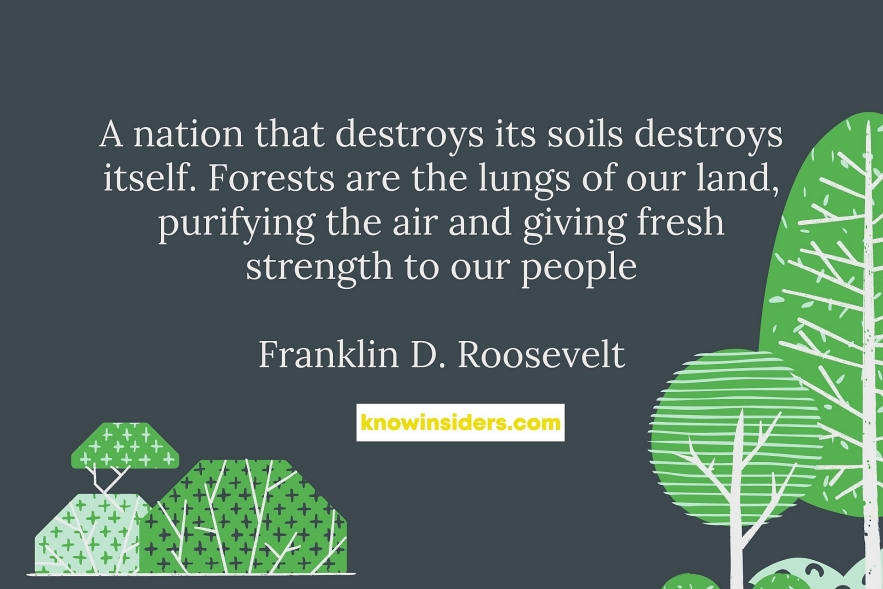 |
| Photo KnowInsiders |
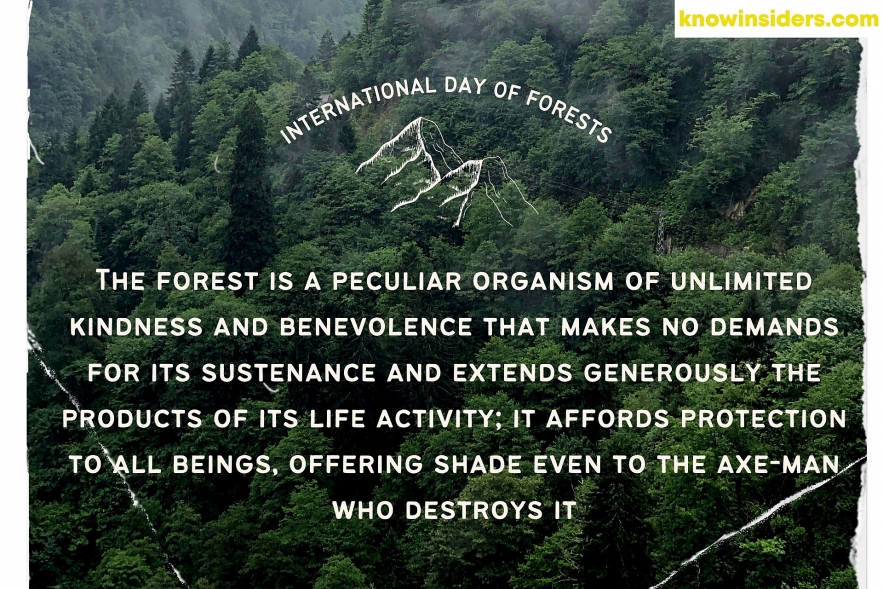 |
| Photo KnowInsiders |
International Day Of Forests Messages
| Don’t cut trees, for they are our best friends who ask nothing in return. |
| Don’t destroy the greenery and don’t spoil the scenery. Save mother earth. |
| Don’t make Trees rare, keep them with care. |
| Each one, Plant one. |
| Earth provides enough to satisfy every man’s need, but not every man’s greed. |
| Fight for forest. |
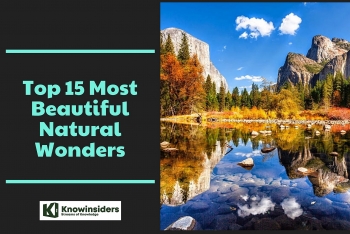 15 Unique Natural Wonders In The World 2022 15 Unique Natural Wonders In The World 2022 The wonderful planet we are living in is home to several jaw-dropping natural wonders, which have formed over millions and millions of years. |
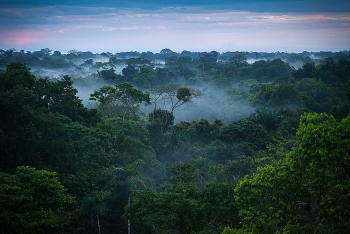 Amazing Facts about the Amazon Rainforest Amazing Facts about the Amazon Rainforest Stretching over a huge portion of the South American continent, the world’s largest and most bio-diverse rainforest is chock full of surprises. Learn amazing facts ... |
 How to bring a touch of nature into your house? How to bring a touch of nature into your house? Among the hacks for getting nature in when you can’t get out, there are 5 ways to bring a piece of the nature outside into ... |
























